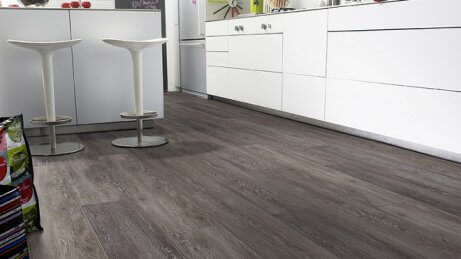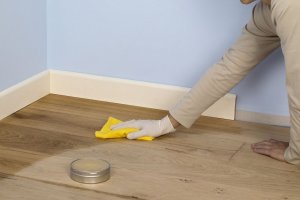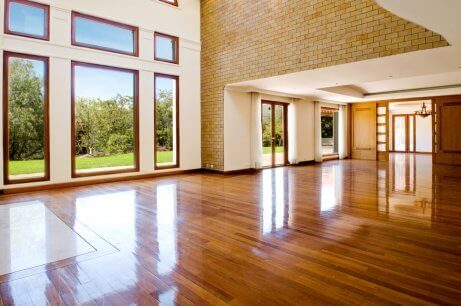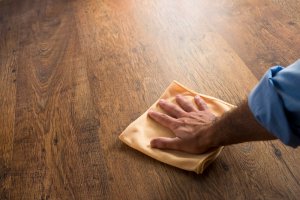Tips to Protect Your Wood Floors

Do you have wood floors in your home? What is their condition? Don’t worry – we’ll help you protect them even more. We promise!
If you have wood floors in your home, you’ve probably wondered how you can keep them looking nice. Keep reading, and we’ll let you know how to protect your wooden floors.
We’ll tell you the best tips for you, such as the professional treatments that exist. For instance, we’ll talk about how to keep them looking new, free of furniture marks, spots, or footprints.
Wood floors – an answer to every question

Floor/pavimentos-revestimientos.com
How often do you need to renovate a wood floor?
It depends on its use and how worn it is. Of course, its use is determined by location. Normally, professionals suggest renovation every 12 to 14 years.
- What precautions should I take to preserve it well?
To take special measures, put protectors under furniture legs and replace them 2 or 3 times a year. In order to avoid scratches and stains, it’s a good idea to place mats at each entrance of the house. Also, don’t walk on it with wet shoes or with spiked heels.
How does natural light affect wood floors?
During the first year, natural and artificial light “toast” this type of floor. After this period of time, the wood is already saturated with light and acquires its permanent tone. Then you need to take some precautions – close the curtains or lower the blinds a bit during the sunniest time of day.

Waxing/vix.com
Is it necessary to polish and varnish?
Regardless of how hard the wood is, it’s always a good idea to apply a layer of varnish, oil, or wax as these products act as a protective screen against daily wear and tear. Remember to always sand before putting on any type of finish.
Protecting a wood floor – what external factors affect it?
The main factor is humidity, either by excess or lack of sufficient humidity or by sudden changes. Maintaining a stable temperature between 50 and 86 degrees Fahrenheit is most beneficial to wood floors. Even more important, the humidity ought to be between 30 and 60 percent.
Can I repair scratches and holes myself?
Yes, as long as they’re superficial because if the damage is very severe, experts advise waiting for the next renovation.
For the scratches, it’s easiest to paint them with a marker that’s the same color as the wood or you can apply brown bitumen and wax. When it comes to holes, fill them with colored putty.

Is there a way to remove stains?
In order to treat any kind of stain, as a general rule, you should first absorb the substance with a paper towel and try to eliminate it with water.
Act quickly since the longer you wait to clean it, the harder it’ll be to get rid of it. If the substance has already dried, delicately scrape it in the direction of the grain. Then clean the surface with turpentine diluted in water.
Can the heat in your house damage wood?
In general, the answer is no. It’s obvious that where there is a radiator, the fluctuation in temperature will be pronounced since in a house the temperature rarely stays at the same level.
Keep in mind that if you choose to locate the radiators about 5 inches from the floor, it’ll be beneficial since the heat won’t directly affect the wood.
What happens if there’s water damage to wood floors?
If there’s a water leak or a lot of water damage to the floor, it’s very important to dry it as soon as possible. This is because the water will rapidly be absorbed by the wood. You can use a hairdryer.
If some of the boards come loose or pop up, it could be a symptom of a small water leak in the plumbing. If this occurs, those areas can be replaced.

Protecting your wood floor – is it possible to have woodworm?
It’s not a very common problem but it can exist in antique wood. So be careful!
If there is slight evidence of woodworm, it’s sufficient to apply an anti woodworm product over the damaged area. However, if it’s extensive, you’ll have to polish the surface first and then apply the treatment.
Is a wood floor quiet?
New installations usually have an insulating sound barrier that buffers the sound when people walk. For example, in the case of parquet installed with clic.
Remember that if you have other sound barrier systems, there are homemade tricks, such as applying talcum powder in the joints. This will help silence the noise.
We hope to have helped you resolve your doubts about wood floors. Now, all you have to do is put them into practice!








